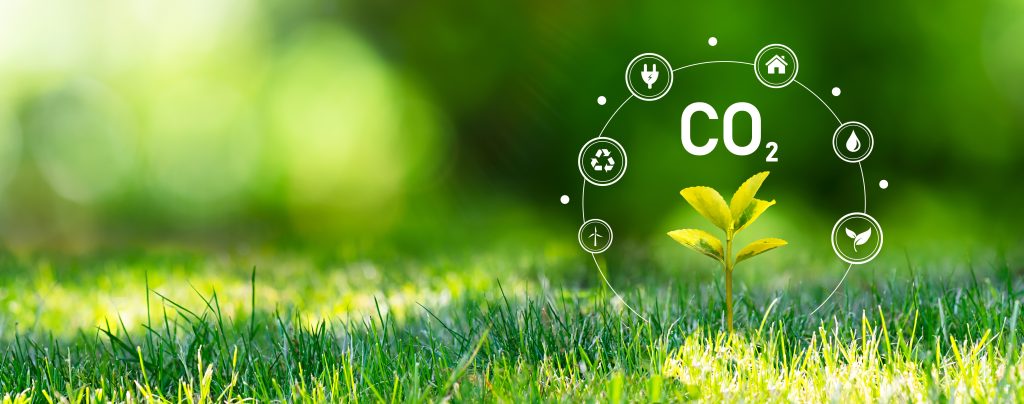What if we could use CO2 as a resource?
23 March 2023 /
Eyes on Europe 3 min

[SPONSORED CONTENT]
In Jülich, Germany, Synhelion has successfully used solar heat to convert CO2 and water to synthetic fuels. The Canadian company Carbon Cure has developed a technology to inject carbon dioxide into cement. When the carbon dioxide reacts with the cement, it is permanently stored in the concrete. In the western Netherlands, around 600 greenhouses use the carbon dioxide from industrial plants to enhance their yields, saving 250 kilotons of CO2 emissions from natural gas annually. These are just a few examples of existing projects or proposals in which carbon dioxide is used as a resource to aid the climate transition.
From CO2 to synthetic fuel
The war in Ukraine and the related energy crisis have made synthetic fuels even more relevant than before. Synthetic fuels produced from CO2, captured from industrial exhaust gases or the atmosphere, could provide an alternative to petroleum consumption.
Manufacturing synthetic fuels based on raw materials such as carbon dioxide and hydrogen, rather than importing fossil fuels from authoritarian states has several advantages. The most prominent being that the development of CO2-based fuels in the EU would be beneficial in improving both the climate transition and the security of Europe.
There are also many difficulties on the road to the desirable large-scale, climate-friendly use of carbon dioxide. Accelerating electricity prices are among the main challenges, with electricity accounting for 40–70 per cent of the production cost of CO2-based fuels.
Simultaneously, all processes related to carbon utilisation are required be powered by low-carbon energy to maximise potential. If the energy used to make carbon dioxide and hydrogen into a synthetic fuel came from a coal-fired power plant, then a large part of the climate gain would disappear.
EU policy on CO2 use
The EU’s Emissions Trading System regulations have been a long-standing obstacle to CO2 capture and use development. The problem is that whenever an emitter uses or sells CO2 for conversion into products, the CO2 must be reported as emitted. What follows is a lack of incentive for industries to use carbon dioxide instead of just emitting it.
It is crucial to ensure that the EU ETS provide future incentives for carbon use. Additionally, a distinction must be made between CO2 use that includes long-term storage and uses in which carbon dioxide is released into the atmosphere. It is particularly important to create incentives for technologies that combine negative emissions with CO2 use, such as when carbon dioxide is captured from the atmosphere to become part of cement.
It is, however, not only the duty of the EU to ensure that carbon dioxide becomes a solution instead of a problem. Member states must take inspiration from the American 45Q tax credit, which gives an incentive to those working with technologies linked to carbon capture and the conversion of CO2 into usable products. A liberal environmental and energy security policy would use tax credits rather than subsidies.
The abundance of carbon dioxide in the atmosphere is creating significant problems for Europe today. It’s time to start using it as a resource.
The European Liberal Forum
